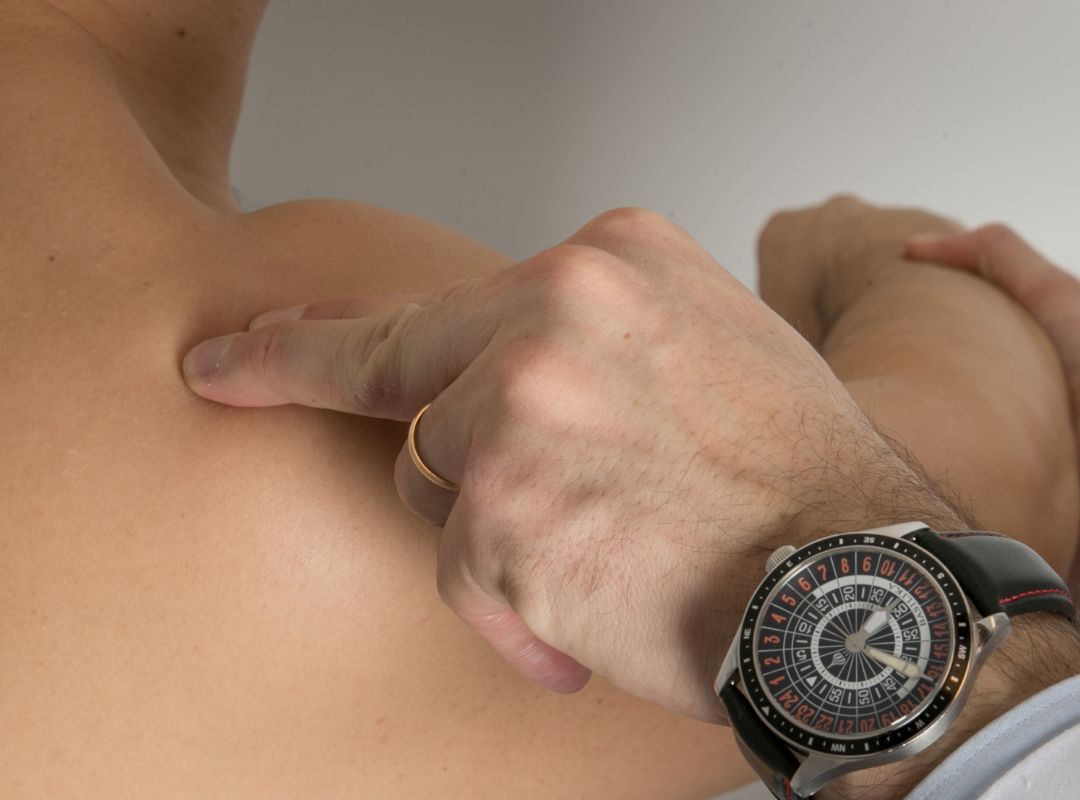Acromioclavicular Dislocation
What is an acromioclavicular dislocation?
Acromioclavicular dislocation, or acromioclavicular separation, is an injury that occurs due to rupture of the ligaments that join the clavicle to the shoulder blade.
When the injury is complete, there is a loss of normal continuity between the skeleton of the trunk and the upper limb.
The coracoclavicular ligaments are the most important in this function, assisted by the acromioclavicular ligaments.
There are various degrees of ligament injury, from a simple sprain or strain to a complete rupture of all ligament fibers.

How do acromioclavicular dislocations occur?
These injuries are most common in adolescents and young adults, often associated with sports or motor vehicle use, after a fall onto the shoulder. The energy of the impact can overload or lead to ligament failure, resulting in a typical deformity.
What are the signs of an acromioclavicular dislocation?
What are the signs of an acromioclavicular dislocation?
Pain occurs in the upper region of the shoulder after trauma, at the junction of the lateral clavicle and the shoulder blade. There may be a noticeable asymmetry in this region, relative to the unaffected shoulder, due to the prominence of the clavicle resulting from the shoulder dropping in more severe cases. Local bruising and the inability to raise the arm are other common symptoms, which may resolve after a few days.
What is the treatment for acromioclavicular dislocations?
The simplest sprain and strain injuries can be considered stable, and temporary immobilization for approximately 2-3 weeks is adequate for ligament healing. However, when the ligament disruption is more extensive, surgical reconstruction is indicated to prevent a decrease in strength and chronic pain in the upper limb, and can be performed via minimally invasive arthroscopic surgery.
To learn more about surgical treatment of acromioclavicular dislocation, click here .
